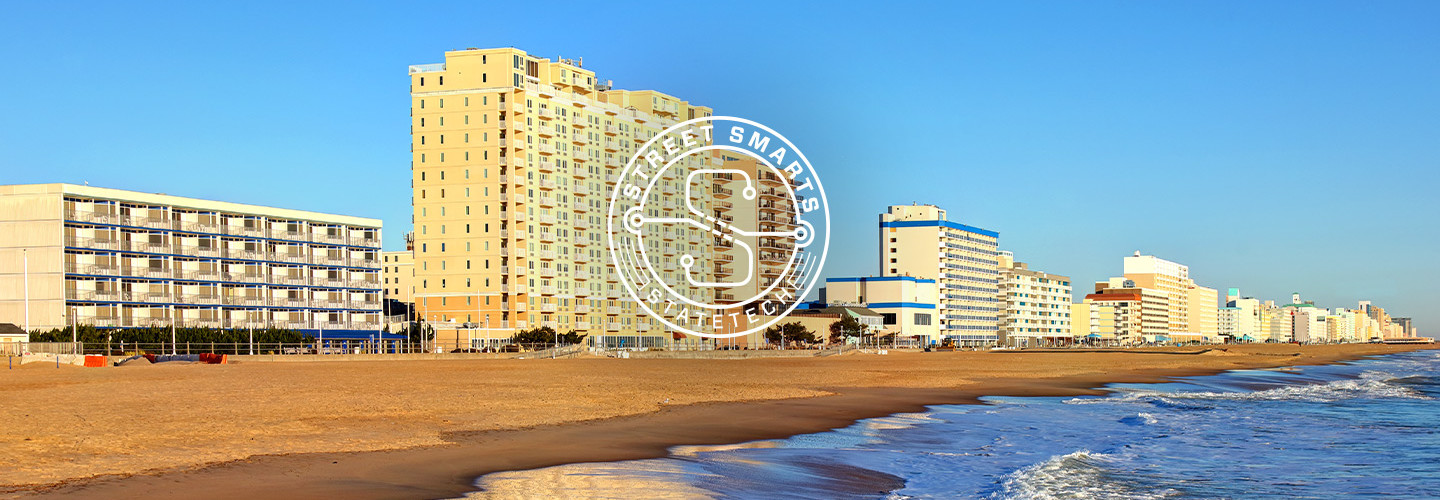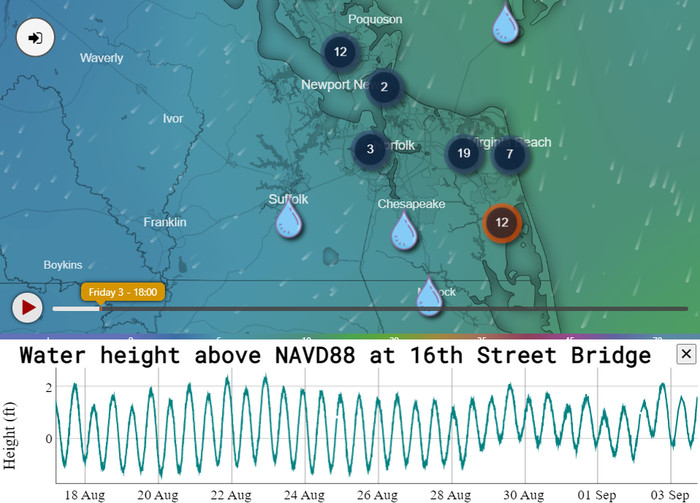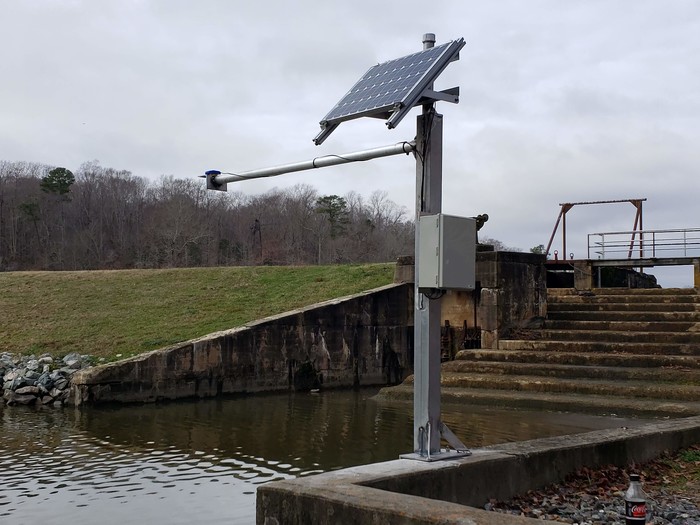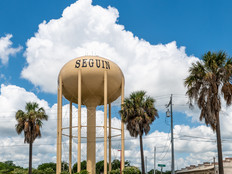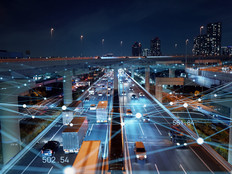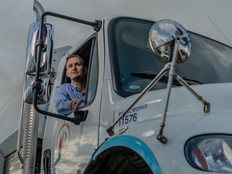Smart Tech Installations Augment Connectivity
In late 2020, the city installed two 24-foot solar-powered smart poles outfitted with LED lights and a Verizon network connection, which function as hotspots to expand broadband Wi-Fi access in a several-hundred-foot radius within the Lake Edward neighborhood and near the city’s Pungo-Blackwater Library, Wallace says.
“Those were picked because they were underserved neighborhoods that don’t have broadband capabilities or can’t afford it,” he says. “That issue showed up during the pandemic, when kids were home with their school-issued Google Chromebooks and had to go to class remotely. Prior to that, we saw a lot of traffic at the library location, where kids were hanging out in the evening doing their homework. So, we figured, why don’t we help by extending connectivity to that location?”
Increasing digital equity, according to Mayor Bobby Dyer, is a priority for the city.
“We have districts, the ocean, a city square, farmland — and one of the things we’re concerned about is being able to connect with everyone,” Dyer says. “We’re very cognizant of the underserved community we have, and that’s why we’re putting in smart poles. We want people to have access.”
RELATED: How are cities and states expanding Wi-Fi access for citizens?
StormSense Monitors Flood Levels for Virginia Beach
Virginia Beach uses smart technology to help gauge and respond to coastal flooding as part of the StormSense initiative, a collaborative effort between several municipal governments and William and Mary’s Virginia Institute of Marine Science.
Funded in part by a 2016 National Institute of Standards and Technology grant, the project leverages data culled from Internet of Things sensors, deployed in locations such as bridges, that actively send out pulses and measure how far a target or object is from the sensor, says Derek Loftis, research assistant professor at VIMS’ Center for Coastal Resources Management.
Along with U.S. Geological Survey and National Oceanic and Atmospheric Administration sensor data, information from the project’s ultrasonic sonar and radar sensors is used to convey current conditions and perform hydrodynamic flood modeling and forecasting.


